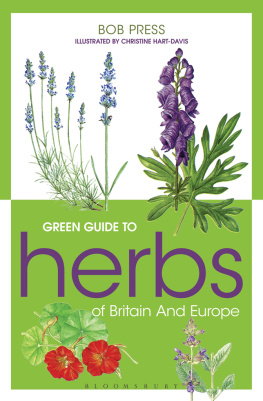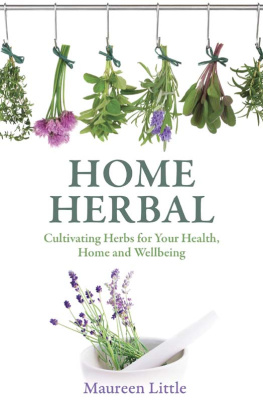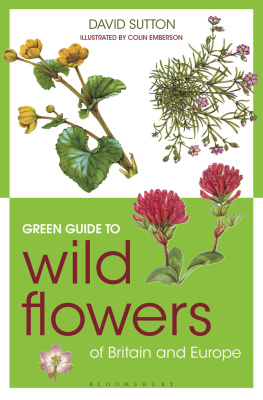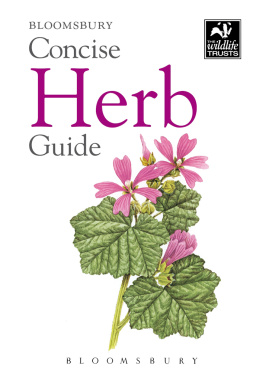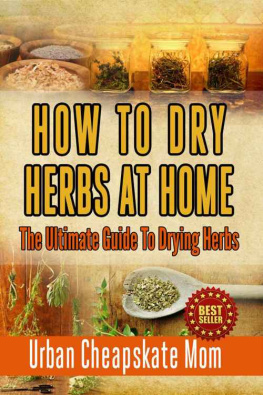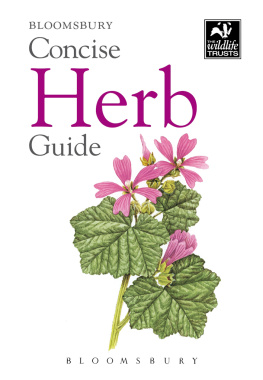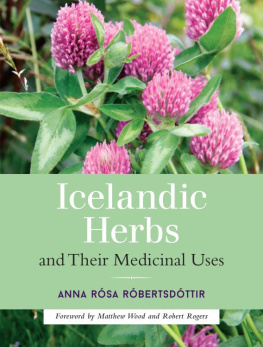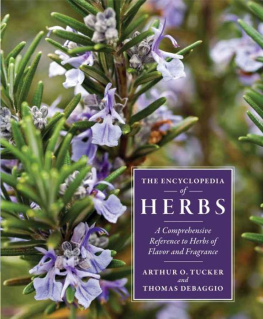

Bloomsbury Natural History
An imprint of Bloomsbury Publishing Plc
50 Bedford Square | 1385 Broadway |
London | New York |
WC1B 3DP | NY 10018 |
UK | USA |
www.bloomsbury.com
BLOOMSBURY and the Diana logo are trademarks
This electronic edition published in 2016 by Bloomsbury Publishing Plc
Bloomsbury is a registered trademark of Bloomsbury Publishing Plc
First published by New Holland (UK) Ltd 2002
Bloomsbury Publishing Plc, 2016
photographs Shutterstock, 2016
Bob Press has asserted his right under the Copyright, Designs and Patents Act, 1988, to be identified as Author of this work.
All rights reserved
You may not copy, distribute, transmit, reproduce or otherwise make available this publication (or any part of it) in any form, or by any means (including without limitation electronic, digital, optical, mechanical, photocopying, printing, recording or otherwise), without the prior written permission of the publisher. Any person who does any unauthorised act in relation to this publication may be liable to criminal prosecution and civil claims for damages.
No responsibility for loss caused to any individual or organization acting on or refraining from action as a result of the material in this publication can be accepted by Bloomsbury or the author.
British Library Cataloguing-in-Publication Data A catalogue record for this book is available from the British Library.
Library of Congress Cataloguing-in-Publication data has been applied for.
ISBN: 978-1-4729-1646-4 (PB)
ISBN: 978-1-4729-4026-1 (ePDF)
ISBN: 978-1-4729-1647-1 (eBook)
To find out more about our authors and their books please visit www.bloomsbury.com where you will find extracts, author interviews and details of forthcoming events, and to be the first to hear about latest releases and special offers, sign up for our newsletters.
Frontispiece:
Introduction
This book is intended to introduce the reader to 150 of the most common, important and widely used herbs by describing the plants themselves, indicating which parts are used and for what purpose. It is not a herbal in the true sense, since it does not attempt to describe preparation methods, precise dosage or other information vital to the safe and successful use of herbs. Such information can be found elsewhere if required, although the reader is advised that a qualified practitioner should always be consulted before use. Despite the necessary warnings, herbs are a fascinating, useful and, above all, enjoyable area to investigate.
The relatively recent resurgence of interest in various alternatives to standard medical treatment, as well as the popularity of foreign cuisines, signals a willingness on behalf of the public to take a more active interest in herbs. Yet almost everyone already reaps the benefits of herbs and their products, whether knowingly or not. Herbs can be employed in a variety of ways, which include their use for medicinal, therapeutic and culinary purposes. In commercially produced medicines, in health and beauty products, in preserved and ready-prepared foods and in recipes prepared at home or in restaurants, herbs are an everyday part of our lives.
Medicinal herbs were originally regarded as the simple ingredients of medications, hence the old term simples for such preparations. Combinations of such simples formed the compound medicine that would be prescribed for sufferers. Once the only remedies available to the population at large, simples have long been a mainstay of domestic medicine. Although some have been shown to be without value or even dangerous, others have been proved effective and a surprising number have a long, unbroken history of use. As such they are as valuable today as they ever were.
Therapeutic herbs are those used in aromatherapy and other holistic preparations they are a source of the various essential oils used in aromatherapy. Although the unique properties of essential oils were recognised some 5,000 years ago, it is due to the recent interest in alternative remedies that aromatherapy is becoming an increasingly popular method of promoting good health and wellbeing. Essential oils are extremely concentrated and are therefore used in very small amounts in massages, aromatic baths, inhalations, compresses and various cosmetic preparations.
The use of herbs for culinary purposes began for purely practical purposes to improve the keeping qualities of meat or, where this failed, to disguise or make more palatable the poor quality and often rotten food that was all to be had. Modern technology and health regulations such as sell-by dates have improved this state of affairs immeasurably, yet culinary herbs are still used as widely as ever. Many herbs make food more palatable by easing digestion. Indeed, they are regarded as essential ingredients in a vast array of dishes and are of great commercial importance as preservatives.

What are herbs?
The word herb can be used in a variety of ways. In a scientific sense it refers to plants which lack woody tissues, but as an everyday term it also refers to plants used for culinary or medicinal purposes. This can cause confusion since many herbs in the latter sense are woody plants such as the shrubby Lavender or even trees like Willow. Even greater confusion arises over the distinction between herbs (in the everyday sense) and spices.
Herbs are plants, or parts of plants such as roots, leaves, flowers or fruits, which are used to prepare medicinal items, in therapeutic medicine, and to flavour foods. They are usually thought of as being fragrant but this is not always the case; many herbs have no particular fragrance whereas some are very strong smelling indeed. The word herb also covers prepared products of herbs. Although a distinction between plant and product should strictly be made, it generally makes little difference. The dried and fragmented leaves of Oregano obviously come from the plant of the same name but in cases where the products have an appearance or a name very different from that of the plants from which they are derived, the two may not be easily linked. Mustard is derived from two different plants (Brassica nigra and Sinapis alba) while Neroli is obtained from the Seville Orange tree.
Spices are generally regarded as the hard parts of aromatic plants, usually of tropical origin. They include roots and stems (Ginger), bark (Cinnamon), dry fruits (Cardamom) and seeds (Pepper) but some spices are actually soft parts such as flower buds (Cloves). Equally, the hard parts of many temperate plants provide herbal products and can be regarded as spices, such as Cumin seeds. Another term that can include examples of herbs and spices is condiment, usually defined as a seasoning that gives relish to food. This is a general term which includes inorganic substances such as salt and in the last century even vegetables such as onions and turnips were counted as condiments. In the medicinal sense even less distinction is made between herbs and spices. In addition there are a number of herbal products that fit neither category well, such as gums, resins and essential oils, and all medicinal plants tend to be referred to simply as herbs.
Next page
